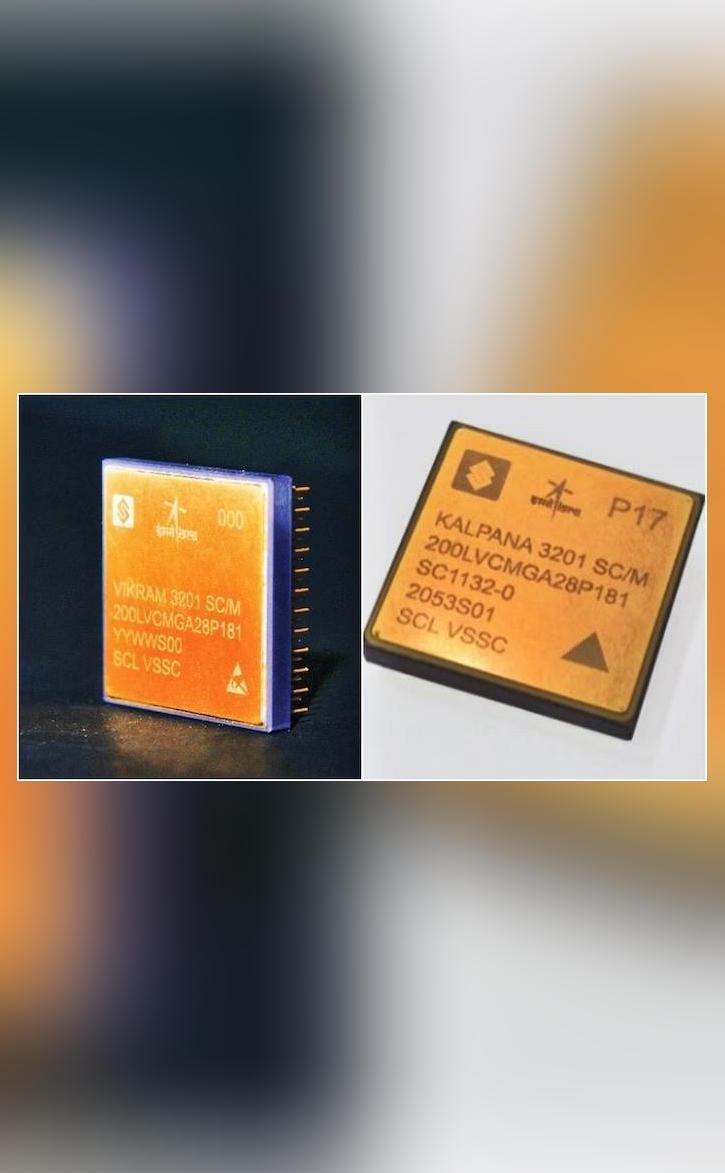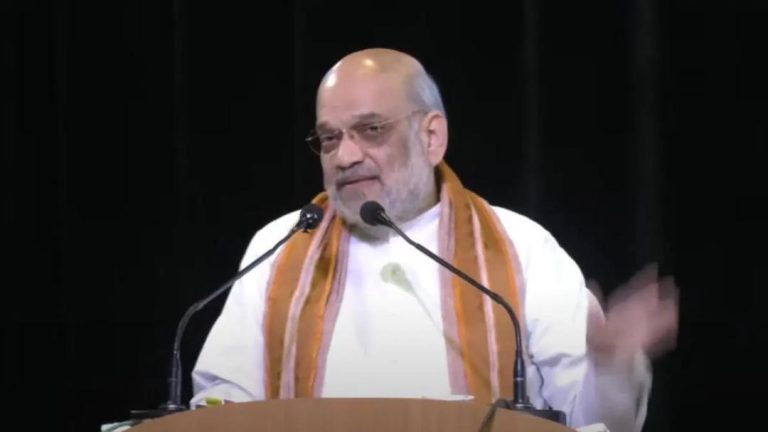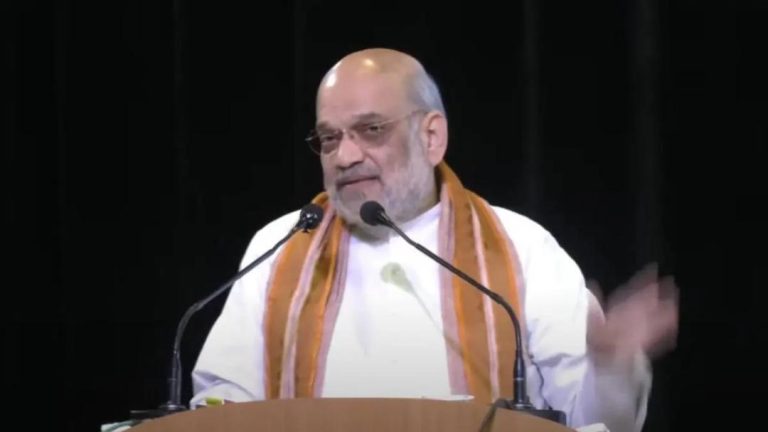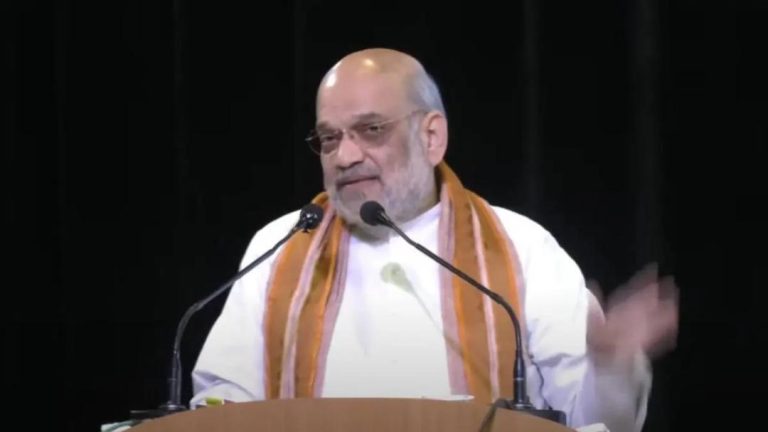
ISRO & SCL Develop 32-Bit Microprocessors for Space Applications
The Indian Space Research Organisation (ISRO) and the Semiconductor Laboratory (SCL) in Chandigarh have achieved a significant milestone in the field of space technology by jointly developing two 32-bit microprocessors, VIKRAM3201 and KALPANA3201. These microprocessors have been designed specifically for space applications, with the primary goal of providing a reliable and efficient computing solution for India’s space missions.
VIKRAM3201, the first fully “Make-in-India” 32-bit microprocessor, has been qualified for use in the harsh environmental conditions of launch vehicles. This achievement is a testament to the capabilities and expertise of Indian researchers and engineers in the field of microelectronics.
The development of these microprocessors is a significant step forward for the Indian space program, as it enables the country to reduce its dependence on foreign technology and develop indigenous solutions for its space missions. This achievement also demonstrates the potential of Indian industry to develop high-tech products that can compete with international standards.
Background
ISRO has been at the forefront of India’s space program, with a mission to explore space and harness its resources for the benefit of the country. Over the years, ISRO has made significant strides in developing indigenous technologies for its space missions, including launch vehicles, satellites, and ground support systems. However, the development of microprocessors for space applications has been a challenging task, requiring specialized expertise and infrastructure.
SCL, a premier research and development institution in Chandigarh, has been working closely with ISRO to develop microprocessors for space applications. The institution has a strong track record of developing high-tech products, including microcontrollers, digital signal processors, and other semiconductor devices.
Features of VIKRAM3201 and KALPANA3201
VIKRAM3201 and KALPANA3201 are 32-bit microprocessors designed specifically for space applications. Both processors are built using a 0.18 micron CMOS technology and have a clock speed of 200 MHz. The processors have a high level of integration, with on-chip memory, and are capable of operating in a wide range of temperatures and radiation environments.
Some of the key features of VIKRAM3201 and KALPANA3201 include:
- High-performance 32-bit RISC architecture
- On-chip memory, including flash memory, SRAM, and ROM
- Support for multiple bus interfaces, including PCI, ISA, and SPI
- High-speed data transfer capabilities
- Low power consumption
- Ability to operate in extreme temperatures and radiation environments
Advantages
The development of VIKRAM3201 and KALPANA3201 offers several advantages for the Indian space program. Some of the key benefits include:
- Reduced dependence on foreign technology: By developing indigenous microprocessors, ISRO can reduce its dependence on foreign technology and develop solutions that are tailored to Indian needs.
- Improved reliability: Indigenous microprocessors can be designed and tested to meet the specific requirements of Indian space missions, ensuring improved reliability and performance.
- Cost savings: Developing indigenous microprocessors can lead to significant cost savings, as India can avoid paying royalties and licensing fees to foreign companies.
- Enhanced innovation: The development of indigenous microprocessors can drive innovation and stimulate the growth of the Indian semiconductor industry.
Future Plans
ISRO and SCL plan to use VIKRAM3201 and KALPANA3201 in a range of space applications, including launch vehicles, satellites, and space probes. The microprocessors will be used to develop high-performance computing systems for space missions, including data processing, communication, and navigation systems.
In addition to their use in space applications, VIKRAM3201 and KALPANA3201 can also be used in other areas, such as defense, automotive, and industrial control systems. The development of these microprocessors is expected to drive growth and innovation in the Indian semiconductor industry, creating new opportunities for Indian companies and researchers.
Conclusion
The development of VIKRAM3201 and KALPANA3201 by ISRO and SCL is a significant achievement for the Indian space program and the country’s semiconductor industry. These microprocessors have the potential to revolutionize the field of space technology, enabling India to develop indigenous solutions for its space missions. The development of these microprocessors is a testament to the capabilities and expertise of Indian researchers and engineers and demonstrates the potential of Indian industry to develop high-tech products that can compete with international standards.
Source:






